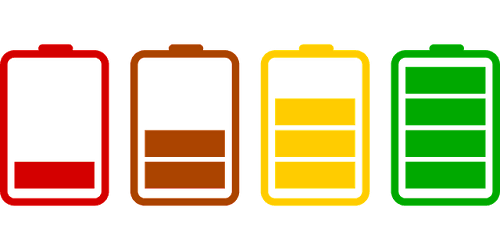
If you are new to Remote Control (RC), the several types of batteries and their charging options might seem challenging. Batteries have made everything to go in RC. The engine may burn fuel, but your car will not go anywhere without a battery to power the receiver and servos. Even though you are interested in exploring the battery tech, it is challenging to decide what battery to choose. Here are five things to know about RC batteries.
1. Types
There are two types of RC batteries: Nick-Metal Hydride (NiMH) and Lithium Polymer (LiPo). These batteries are named after the chemical materials that react to store and release energy.
NiMH. These batteries are often found in ready-to-run models. The batteries are rugged, cheap, and require little maintenance. Nevertheless, they are heavy and their voltage reduces gradually as you discharge the pack. When you start driving, your car will steadily begin to go slower with each passing minute.
LiPo. Most retail sell LiPo batteries as accessories. However, there are RTR models that include these batteries. Compared to NiMH, LiPo batteries are lighter and this helps your machine to feel more powerful. LiPo batteries maintain their voltage longer than NiMH packs. Instead of decreasing the voltage as you drive, LiPo batteries will maintain a steady voltage for most of your run. However, the voltage will fall quickly in the end. These batteries also require special care if you want them to last long.
A battery capacity determines how long your car can run per charge. Manufacturers indicate the capacity of a battery in milliamp hours (mAh). The greater the mAh, the longer you vehicle will run per charge. If you have a 5000mAh battery, it means that the cell can hold a steady 5-amp load for an hour.
3.Voltage
Voltage determines the amount of speed and powers your machine will deliver. Every car is designed to handle a certain amount of voltage. If you exceed this voltage, your power system may shut down if it has overvoltage protection. In the absence of overvoltage protection, the power may fry the electronics. The number of cells in a battery determine its voltage. One NiMH cell has 1.2 volts, and one NiMH battery has six or seven cells. As such their total voltage is either 7.2 volts or 8.4 volts. LiPo batteries have lower voltage since they either have two or three cells. However, each cell delivers 3.7 volts.
4. The “S.”
You may have seen LiPo packs with a designation such as 3S, or 4S. The “S” is an abbreviation of “Series.” Series indicates that the cells in the pack are connected in a sequence of “positive to negative.” Some LiPo batteries also connect in both series and parallel designated by a “P.” For instance, a 2S2P pack will have two LiPo cells. Each pair is wired in parallel (2P), and the two pairs connected in series (2S).
5. Charging
Each type of RC battery has its charger. When buying a charger, check for its amperage. If a charger has a high amp output, it will take a short period to charge your pack. If you have a 300mA charger and a 300mAh battery, your charger will need one hour to charge the battery.
Always go online and search for the best RC car batteries to get the most ideal for your needs.

